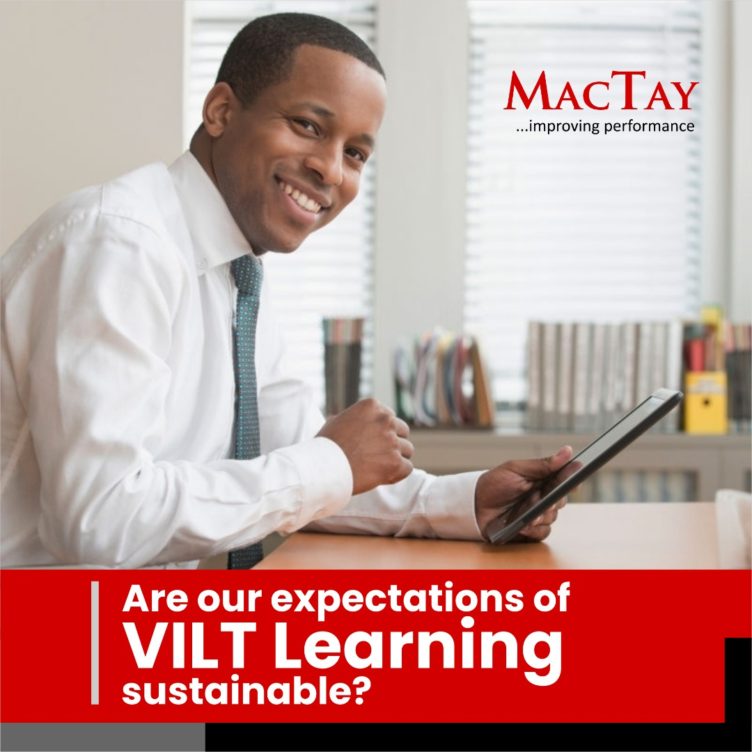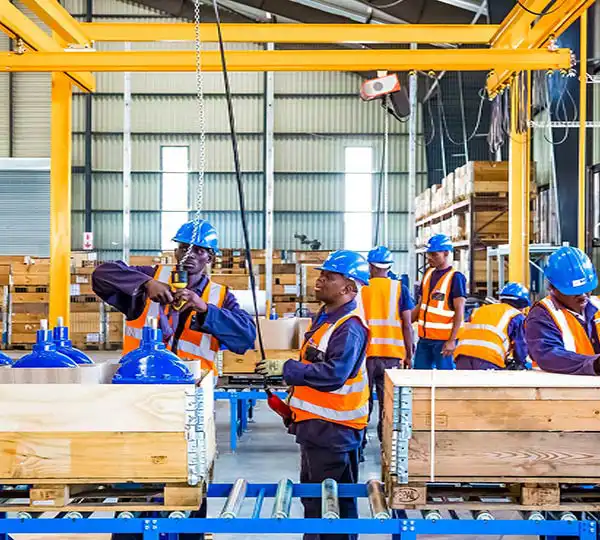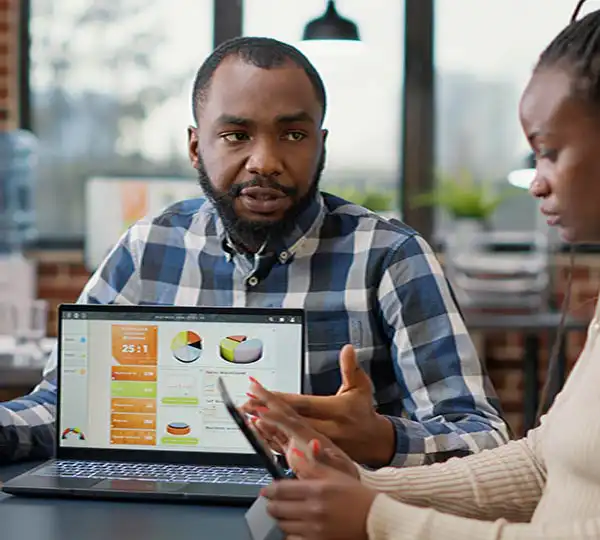
Are our expectations of VILT learning sustainable?
With the demand for learning continuing against the backdrop of the Covid19 pandemic, our clients have faced the obvious choice of taking their learning 100% digital. But that does not necessarily mean an impersonal SCORM (Sharable Content Object Reference Model) experience or, what we reliably informed, has long been referred to as CBT. Instead, increasing numbers of our clients are moving to Virtual Classrooms to pivot their learning.
At MacTay, we have been using VILT (Virtual Instructor-led Training) as part of our blended learning journeys for some time. The trend of moving to Virtual classrooms was already on the rise before the events of early 2020. According to research, it is expected that the predominant use of VILT classrooms will increase by a staggering 16% CAGR ( Compound annual growth rate) by 2023. At that rate, its use would be expected to double every 5 years. And, if the 300% increase in Zoom’s stock price in the 6 months since December 2019 is anything to go by, our current situation will do nothing to dampen that.
Although there are many benefits afforded of Virtual Classrooms, is it reasonable to expect a comparable learning experience to in-classroom?
Our answer is yes, (but with some caveats!). The easiest way to explain is by looking at the features and trade-offs afforded by VILT.
- Bitesize: Virtual Classrooms are often shorter in duration than your average in-classroom session. Easier to fit into your day, and no doubt more convenient. The pace of learning is quick and insights are plentiful, we have often heard of people feeling more energised and inspired after 90mins than after a residential programme! The trade-off, however, is that less time means we must distil content (no bad thing, we hear you say), and we have to cut down the opportunities to share.
- Time for practice: Virtual Classrooms are normally delivered as a series distributed 1-2 weeks apart. The gaps between sessions present invaluable opportunities for applied practice, and enable behaviour change. But, this practice is often self-led, which means there are not the same opportunities for observed practice, where a trainer can guide and give feedback.
- Bringing learners together: Virtual classrooms are a great means of getting people together, especially when travel restrictions would not allow you to meet face to face. Saving your travel budget and your travel time too. However, there is less time to build meaningful connections as a group and between individuals. Our experience of live classrooms is that the sharing between learners, and the conversations over lunch are often as insightful (and powerful) as the learning content itself.
The good news is, these trade-offs (and others) can be offset, by using clever learning design. Our Making Learning Stick model is one way we help our clients to look beyond a classroom experience (live or virtual), and build sustainability into every learning experience for very little additional cost. For instance, you could:
- Build in peer teach-backs between VILTs using Microsoft Teams. This platform is growing from strength to strength and can provide you with an easy way to continue conversations beyond the classroom. Holding learners to account through a bit of (healthy) peer pressure.
- Video Feedback where observed practice is not possible. A number of platforms like Vyfe provide learners with the chance to answer a question or perform a new skill in a time-pressured environment. Replicating a real-life scenario, where you need to think on your feet with the benefit of feedback from your trainer on your performance.
- Toolkits and Self-assessments can be quickly created and loaded into your LMS of choice. Interactive PDFs and HTML provide a quick and easy way to create interactive materials to aid learning transfer without the need for complex (and often clunky) SCORM.
- Real-life practice can be replicated using well-engineered scenarios. Teams participate in the experience virtually (sharing their screens and agreeing on strategies), and a facilitator debrief ensures key learnings are connected between the virtual classroom experience. Practice and real life.
These are just examples. The reality is, innovation in the digital learning space is rapidly evolving thankfully, to the benefit of learners and their organisations.
With careful learning design and a focus on the learner, we can make VILT learning equivalent, in many ways to experiences in-classroom. It is not a 1:1 replacement, however, and we need to ensure that we use clever solutions design to ensure that learning, and behaviour change, sticks.
If you are interested in making changes to VILT classroom delivery, or need assistance in making learning or behaviour change stick, please get in touch with us at MacTay Consulting.










